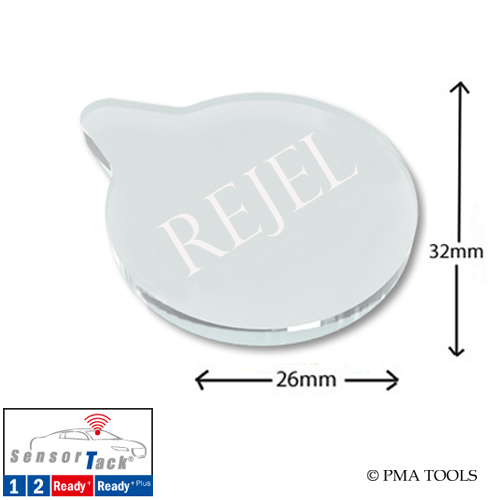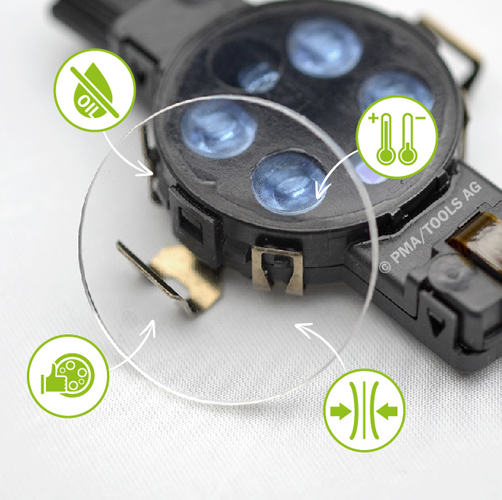Posted by Rejel on 29th May 2024
The importance of Rain and Light Sensor Pads
Rain and Light Sensor Pads
The sensor replacement pad that sits between the sensor and the windscreen plays an important role in ensuring that the light is correctly channeled into the sensor. Over time, the sensor pads age and the quality deteriorates meaning the sensor won’t operate as intended. Each vehicle will have different protocols in place to respond to this (and ensure driver safety) but you might find the wipers are on automatic function or the lights remain on rather than dropping down to daytime running lights.
It is possible to conduct a series of tests to make sure that it is the sensor pad that is causing the problem or the sensor itself (keep an eye on our blog for this article in future weeks).
There are a range of options available to replace the pads – acrylic and silicone pads, or liquid 2 part gels that fill to the shape of the sensor and firm ready for use. There are a range of shapes for each vehicle as well as for the HGV and commercial fleet market. Each style has benefits – whether that is performance, price, ease of use. Much comes down to personal preference. For example, the gels can be used on all shapes and sizes, whilst pads can also be cut down to size.
Given the important function the sensors play in the operation of a modern car it makes sense to fit a high-quality pad such as from the Sensor Tack range. The Sensor Tack pads are OEM quality and designed to ensure they match the refractive index of the glass, are highly transparent and highly elastic for ease of use and have the benefit of being resistant to fingerprints and dust. All of this makes the fitting easier and guarantees performance.
Some pads, such as the 3M acrylic range come with a self-adhesive backing whilst others are held between the sensor and the windscreen purely by pressure and require no adhesive in the process.
It is important to note that before removing the windscreen make certain that there is no power supply to the sensor unit by removing the ignition key. The use of gentle heat to warm the exterior of the windscreen (to approx. 25C) will help the old pad to come away from the windscreen as easily as possible.



